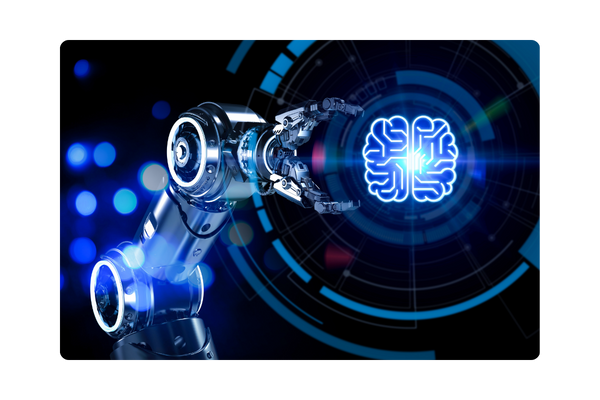In this blog we will explore how data centres are evolving to meet the demands of sustainability, efficiency, and security. From adopting renewable energy and edge computing to using AI for optimisation and enhancing cybersecurity, we examine the innovations transforming digital infrastructure. Join us as we examine the key trends shaping the future of our connected world.
1. Sustainability and Green Data Centres
To keep up the growing pressure to address environmental concerns, the data centre industry is prioritising sustainability. This includes harnessing renewable energy sources like solar and wind, improving energy efficiency with advanced cooling technologies and power management systems, and applying circular economy principles to reduce waste through recycling and reuse. Additionally, they are conserving water with innovative methods and setting ambitious targets to minimise carbon emissions. These collective efforts aim to reduce the industry's environmental impact and contribute to a more sustainable future.
2. Edge Computing and Micro Data Centres
The rise in IoT (Internet of Things) devices and real-time applications is driving a shift towards edge computing, where data is processed and stored closer to its source. Micro data centres, serving as the physical backbone of edge computing, are being deployed to reduce latency, enhance data security, and improve application performance. This decentralised infrastructure is transforming industries by delivering faster response times, increased bandwidth efficiency, and greater reliability, ultimately enabling new applications and business models.

3. AI and Machine Learning Optimisation
AI and machine learning are transforming data centre operations. By predicting equipment failures and optimising maintenance schedules, AI improves efficiency and minimises downtime. AI-driven energy optimisation also fine-tunes energy use based on real-time data, resulting in significant cost savings and a reduced environmental footprint. Machine learning algorithms forecast capacity needs, preventing both overprovisioning and underutilisation of resources. Additionally, AI-powered anomaly detection identifies potential security threats, protecting sensitive data and infrastructure.
4. Immersive Technologies and High-Performance Computing (HPC)
The rise of immersive technologies like virtual and augmented reality is creating a significant demand for high-performance computing (HPC). To meet these needs, data centres are adapting by incorporating denser server racks, advanced cooling systems to manage increased heat, and specialised infrastructure designed for HPC workloads. These advancements are crucial for processing and analysing large datasets, enabling the development of more realistic and immersive experiences.
5. Cybersecurity and Resilience
As data centres become increasingly vital to infrastructure, cybersecurity and resilience are more critical than ever. This includes implementing advanced threat detection and prevention measures to guard against cyberattacks, developing robust disaster recovery and business continuity plans to ensure quick recovery from disruptions, and securing the supply chain by protecting both hardware and software components. Additionally, compliance with data protection and privacy regulations is essential to maintaining trust and legal standing. Together, these efforts ensure the security and reliability of data centre operations.
If you are interested in taking the next steps in your data centres career or are wanting to expand your team contact Alex Coles one of our Managers in the Engineering team -




